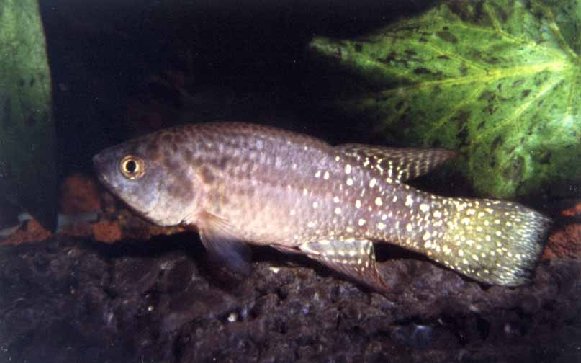
10.11646/zootaxa.825.1.1)
Talk about an extreme animal. During the rainy season annual killifish, Austrofundulus limnaeus, lay eggs that are resistant to droughts. This is an important attribute for a fish that lives in temporary pools of water. The stress-resistant embryos within the eggs literally shut down their metabolism to survive months – possibly years without water. For many fish, exposure to air (and oxygen) can cause profound oxidative stress. Remarkably, this is not the case for the killifish embryos, which sparked the curiosity of researchers.
In a new study published in Physiological Genomics, researchers explored how these animals alter their metabolism to survive periods of dehydration. What they found was an increase in various antioxidants as well as neuroprotectants in the air-exposed eggs in addition to changes in other metabolites whose functions are not yet clear. The increase in antioxidants likely explains their tolerance for oxidative stress. The majority of changes were in markers of fat and amino acid metabolism. They also saw large changes in a metabolic pathway that produces hydrogen sulfide (H2S), which other studies have shown exerts protective effects on the heart and can reduce metabolism and body temperature in mice. Activation of this pathway as well as others that were found to have notable changes likely protect the nervous system of these remarkable embryos.
Source:
DE Zajic, JE Podrabsky. Metabolomics analysis of annual killifish (Austrofundulus limnaeus) embryos during aerial dehydration stress. Physiological Genomics. 52(9): 408-422, 2020.
Categories: Climate Change, Environment, Extreme Animals, Hibernation and Hypoxia, Intelligence and Neuroscience, Nature's Solutions, Stress
Tags: Climate Change, dehydration, drought, fish, killifish, metabolic, metabolism, physiology, Stress, survival
